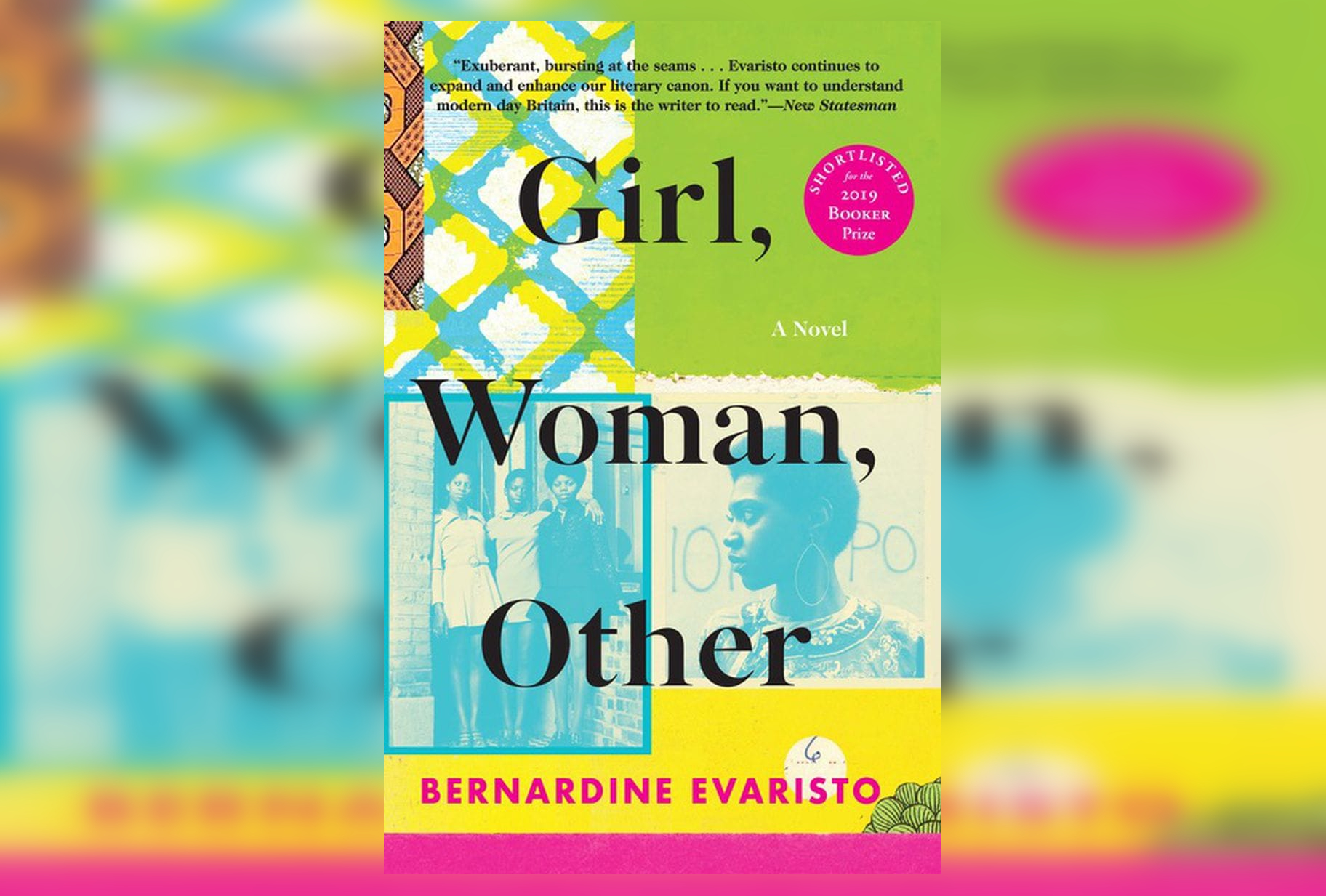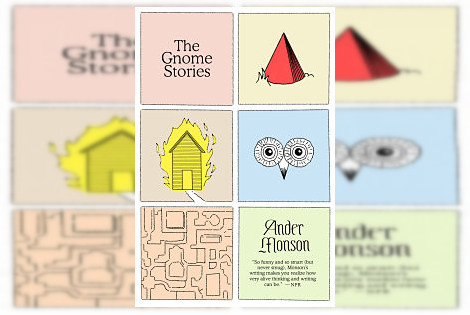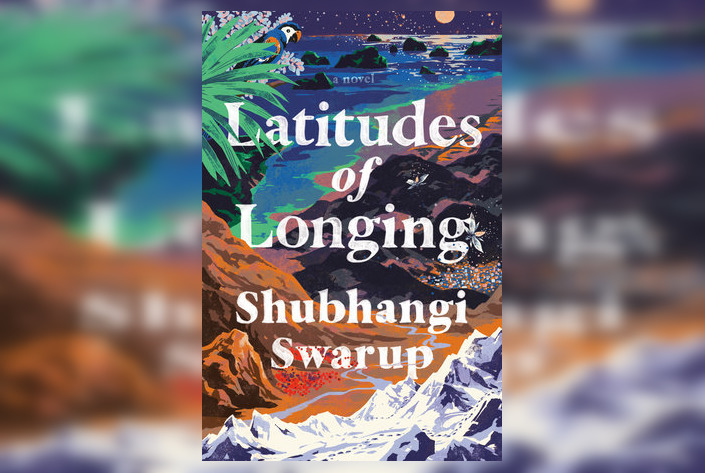Last month, the Booker Prize committee raised literary eyebrows when they awarded the coveted international prize to two authors for the first time since 1992, when they made a rule never to do so again. I suppose rules are meant to be broken. You would certainly believe this if you were one of the two winners—Margaret Atwood with her highly anticipated The Handmaid’s Tale ‘s sequel The Testaments; and Bernardine Evaristo, who saw her lifetime sales double after the recognition of a novel about womxn, her eighth, Girl, Woman, Other. Its publication may mark the first time many Americans are reading the Anglo-Nigerian author.
Girl, Woman, Other intertwines the lives of twelve black womxn in modern Great Britain. The characters know each other to some degree—one of the womxn writes a play and brings them together for its opening night at the National Theatre, but their stories branch out more extensively from here. Spanning across generations—with womxn aged nineteen to ninety-three—the twelve central characters come to life through respectively independent chapters that chronicle their backstories and give insight into their personalities.
Although the novel begins with Amma—the lesbian playwright who is struggling to understand her newfound acclaim—her story feels no more central than that of her daughter Yazz, or of her former business partner Dominique. As the relationships skew away from Amma, they continue to be complex and compelling. Shirley, a school teacher in a failing district, contemplates her impact on her former students, including the now-successful investment banker Carole, and single, struggling mother of three, LaTisha. Non-binary social media influencer Morgan finds acceptance in their gender expression within their family—albeit with a touch of misunderstanding—from their rural, pro-Brexit great-grandmother Hattie. Through a ‘fusion fiction’ style, the novel blends poetry and prose to explore conflict in these womxn’s lives and how it affects the characters’ understanding of society as much as their understanding of themselves.
Womanhood is a major theme throughout the novel—the male characters are gravely disappointing—particularly black womanhood. Early in her theatre career, Amma’s community tells her that the men running the companies will never “get her”— this influences her to start her own. Hattie struggles to find a man to marry in the 1920s because she is of mixed race. The understanding of sexuality and class is thus complicated because of race. Carole feels confusion about her success, as compared to her mother’s work as a cleaner, just as her mother, Bummi, feels that Carole’s children with a white man will erase what she and her husband fought to bring from Nigeria to England.
Similarly, Shirley’s mother Winsome feels a resentment towards the plushness of her daughter’s life, expressed in response to her daughter’s plans one weekend when Winsome says she has never even heard of brunch. This feeling no doubt influences Winsome in her (SPOILER) brief affair with Shirley’s husband. The women also clash with regard to feminism. Amma and Dominique debate it endlessly, particularly after Dominique enters into an abusive relationship with a radical feminist. Yazz also lectures her mother about how humanitarianism is “on a much higher plane.”
Where the novel could easily have become a circus of social issues, Evaristo instead delivers a thoughtful, painfully realistic portrait of what feels like everyday, modern life. The characters display that generational differences are more often the root of problems than how someone looks or whom they want to take to bed. This is true despite the womxn all generally wanting the same things: to be safe, to be loved, and to ultimately feel happy. They cannot see this, however. It is a beautiful and somewhat heart-breaking realization.
Some of the womxn’s stories in Girl, Woman, Other may seem more interesting than others, but Evaristo’s decision to include such a variety begs its readers to think about something deeper. Every person has their own idea of what society looks like, but that idea is just one of many. “It’s easy to forget that England is made up of many Englands,” Evaristo writes toward the surprising conclusion of the novel. The most authentic picture of life today comes from seeing as many experiences and viewpoints as possible, especially those that are rarely highlighted. Once that happens, it brings about the sometimes-unsettling conclusion that our connections, even to those quite different from us, are often deeper than we thought.
For more articles on Booker Prize winners and nominees, click here.




